.Jens Dilling has been named associate laboratory director for the Neutron Sciences Directorate at the Department of Energy’s Oak Ridge National Laboratory, effective April 1.

news, journals and articles from all over the world.

.Jens Dilling has been named associate laboratory director for the Neutron Sciences Directorate at the Department of Energy’s Oak Ridge National Laboratory, effective April 1.
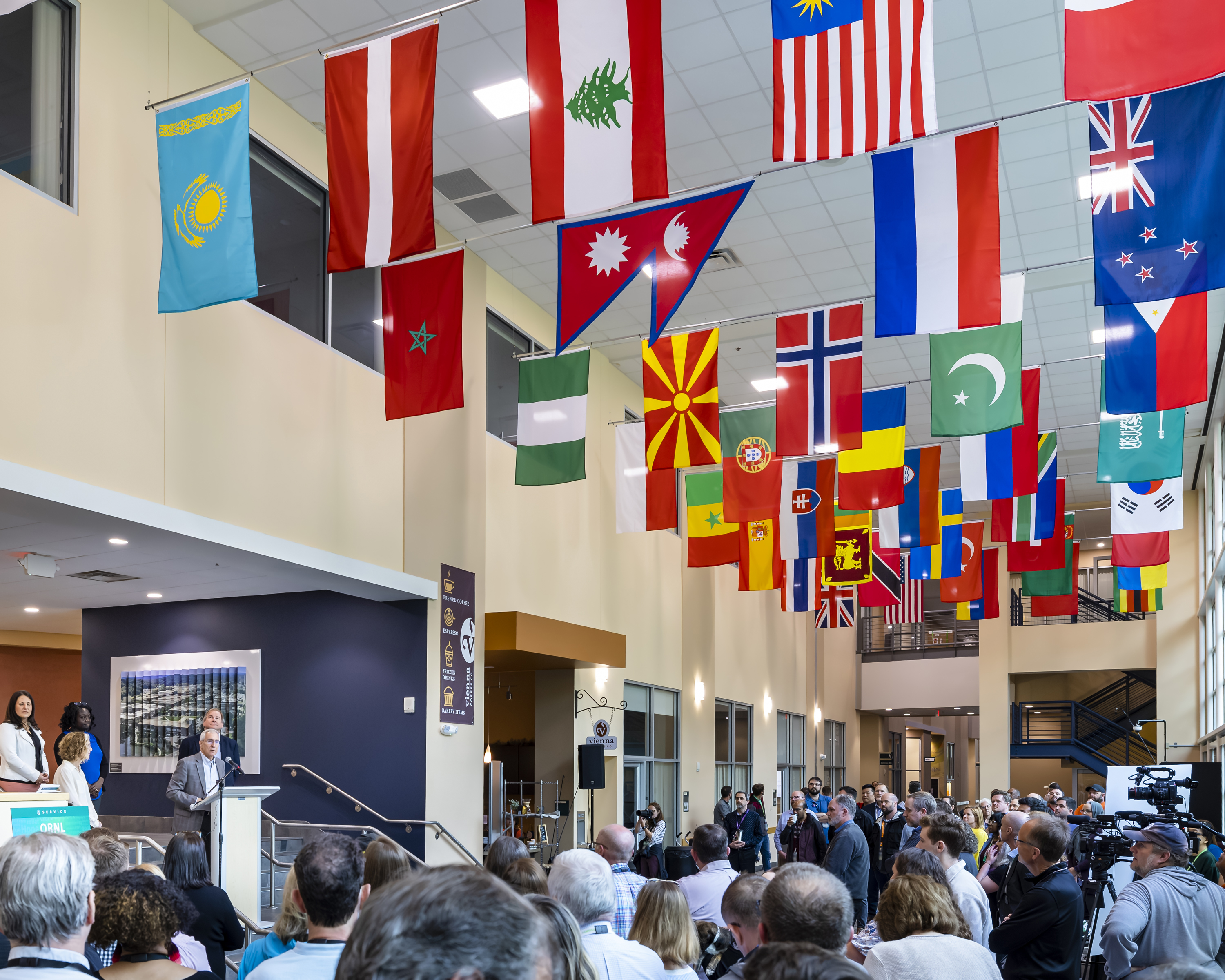
Oak Ridge National Laboratory leadership and staff gathered at the lab’s main campus in Oak Ridge, Tenn., on April 27 to dedicate a renovated International Hall of flags and unveil new displays reflecting the lab’s rich 80-year history.
At Idaho National Laboratory, computational scientists use INL’s supercomputers to perform “virtual experiments” to accomplish research that couldn’t be done by conventional means. While supercomputing can’t replace traditional experiments, supercomputing is an essential component of all modern scientific discoveries and advancements.
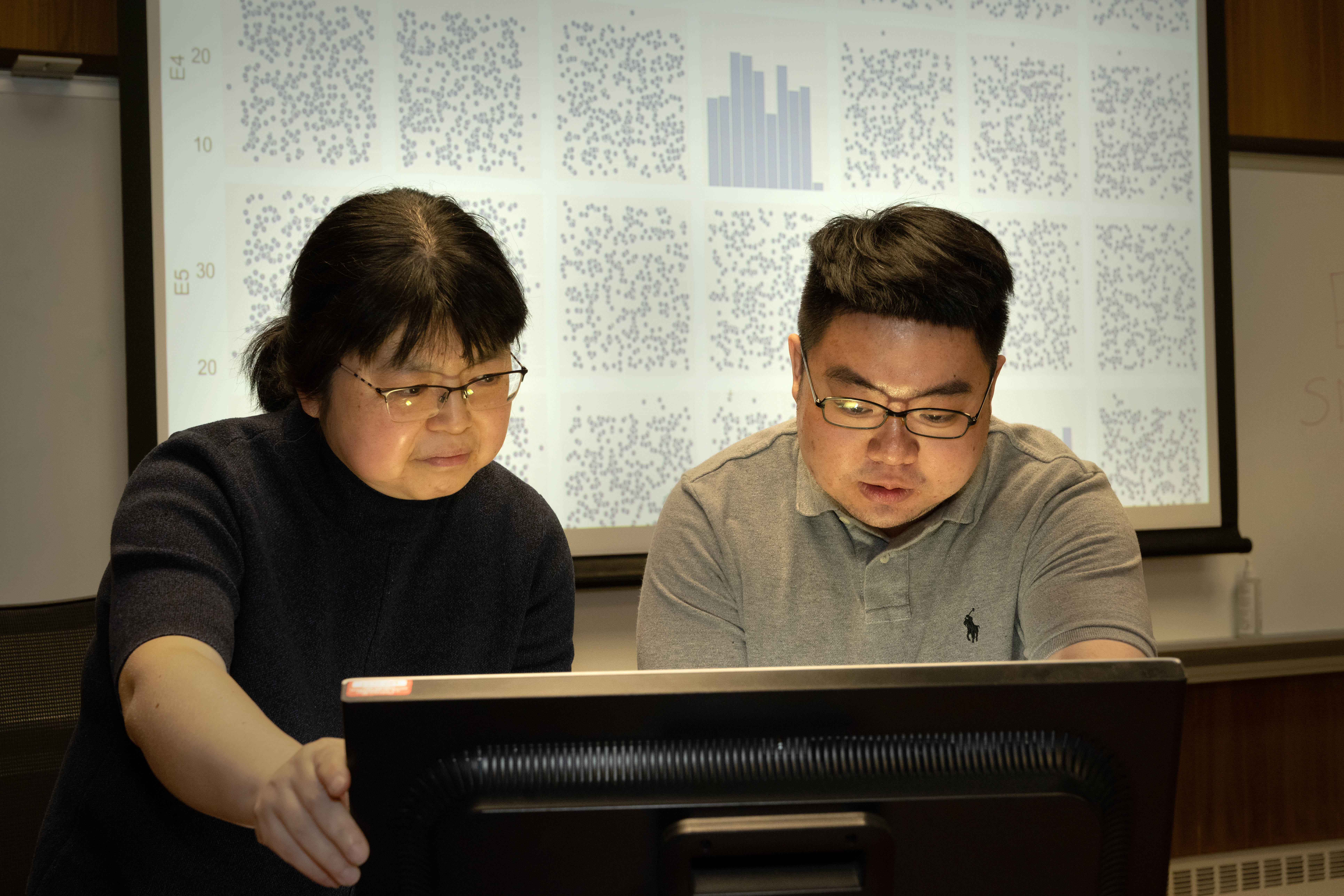
Chemists at the U.S. Department of Energy’s Brookhaven National Laboratory have developed a new machine-learning (ML) framework that can zero in on which steps of a multistep chemical conversion should be tweaked to improve productivity. The approach could help guide the design of catalysts — chemical “dealmakers” that speed up reactions.
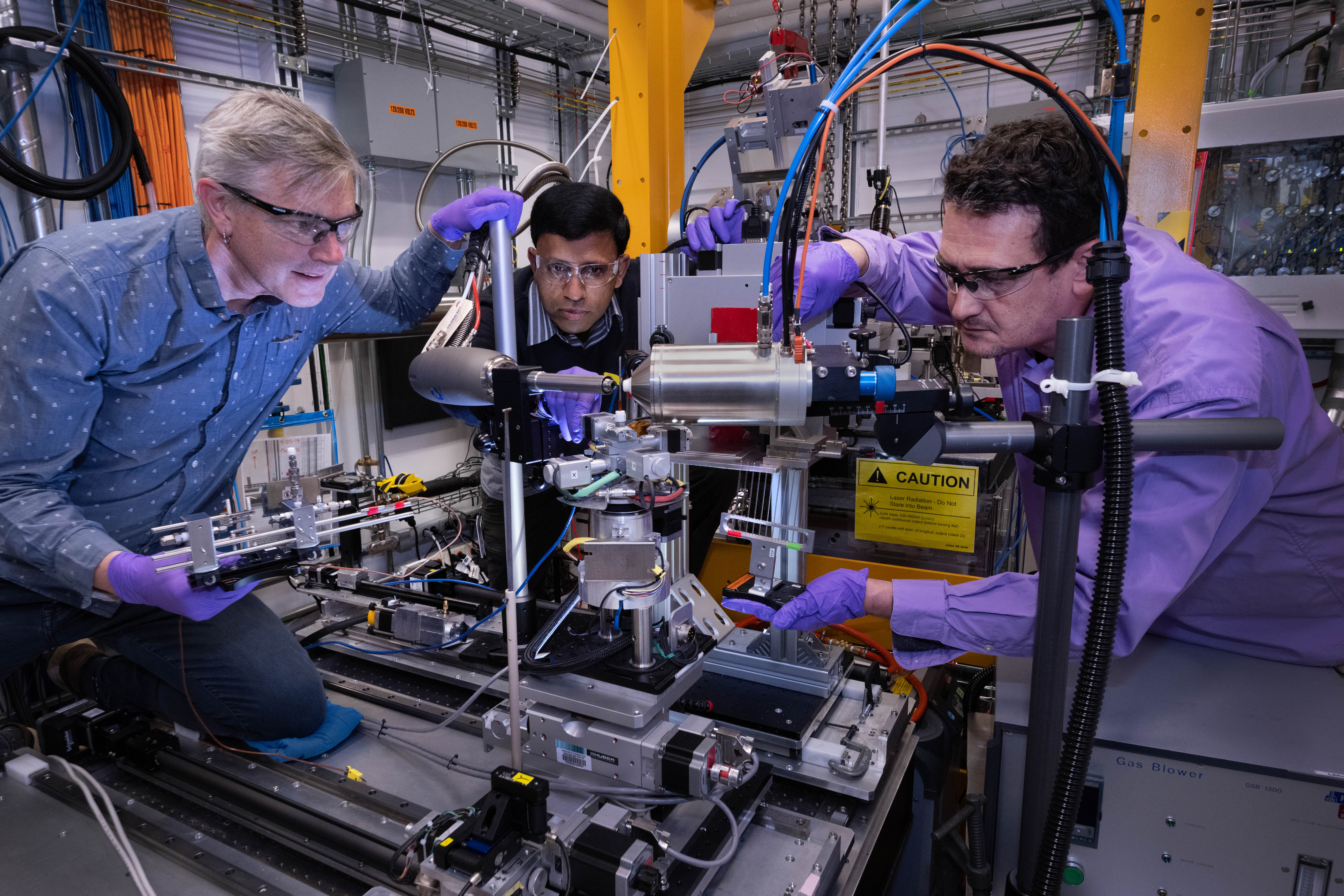
In a paper just published in the journal Advanced Materials, a team of scientists from Northwestern University and Brookhaven National Laboratory describe the previously hidden sub-nanoscale origins of exceptional thermoelectric properties in silver gallium telluride. The discovery reveals a quantum mechanical twist on what drives the emergence of these properties—and opens up a completely new direction for searching for new high-performance thermoelectrics.
Scientists have reported new clues to solving a cosmic conundrum: How the quark-gluon plasma – nature’s perfect fluid – evolved into the building blocks of matter during the birth of the early universe.
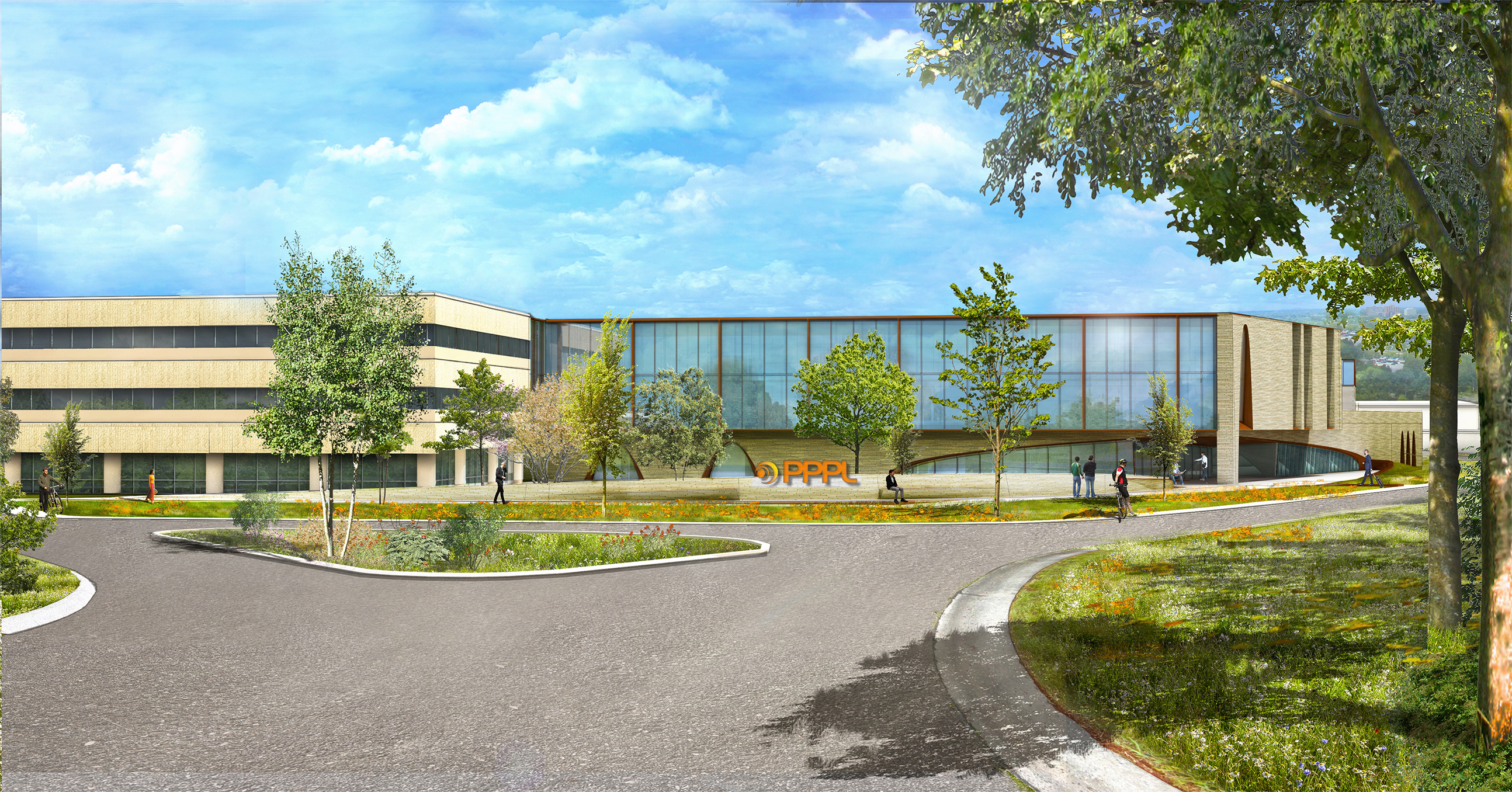
PPPL hosts Industry Day on Tuesday, Oct. 27, to highlight plans for a new research building and other capital projects.
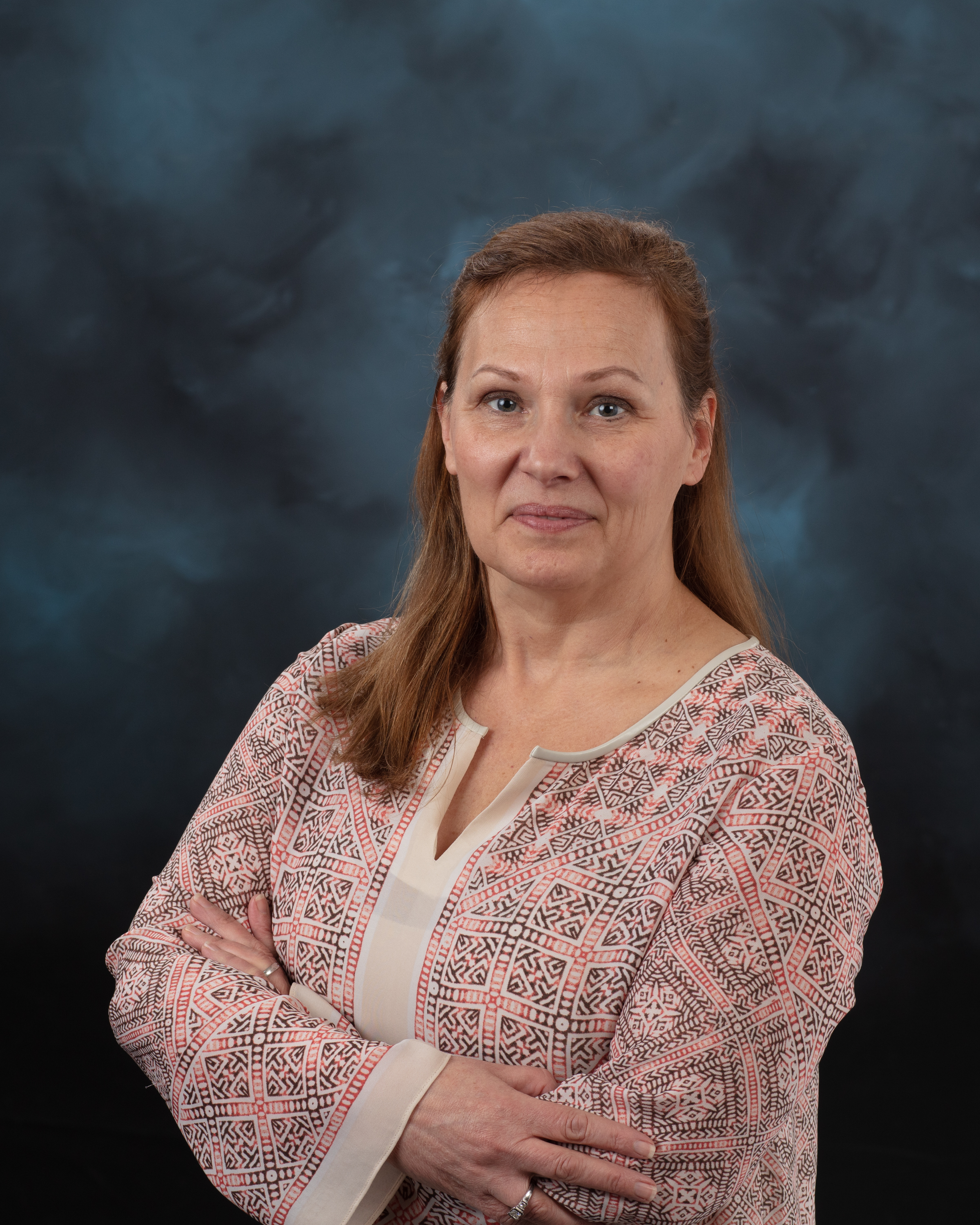
Oak Ridge National Laboratory welcomed six technology innovators to join the fourth cohort of Innovation Crossroads, the Southeast’s only entrepreneurial research and development program based at a U.S. Department of Energy national laboratory.

The U.S. Department of Energy’s Oak Ridge National Laboratory and the Tennessee Valley Authority have signed a memorandum of understanding to evaluate a new generation of flexible, cost-effective advanced nuclear reactors.